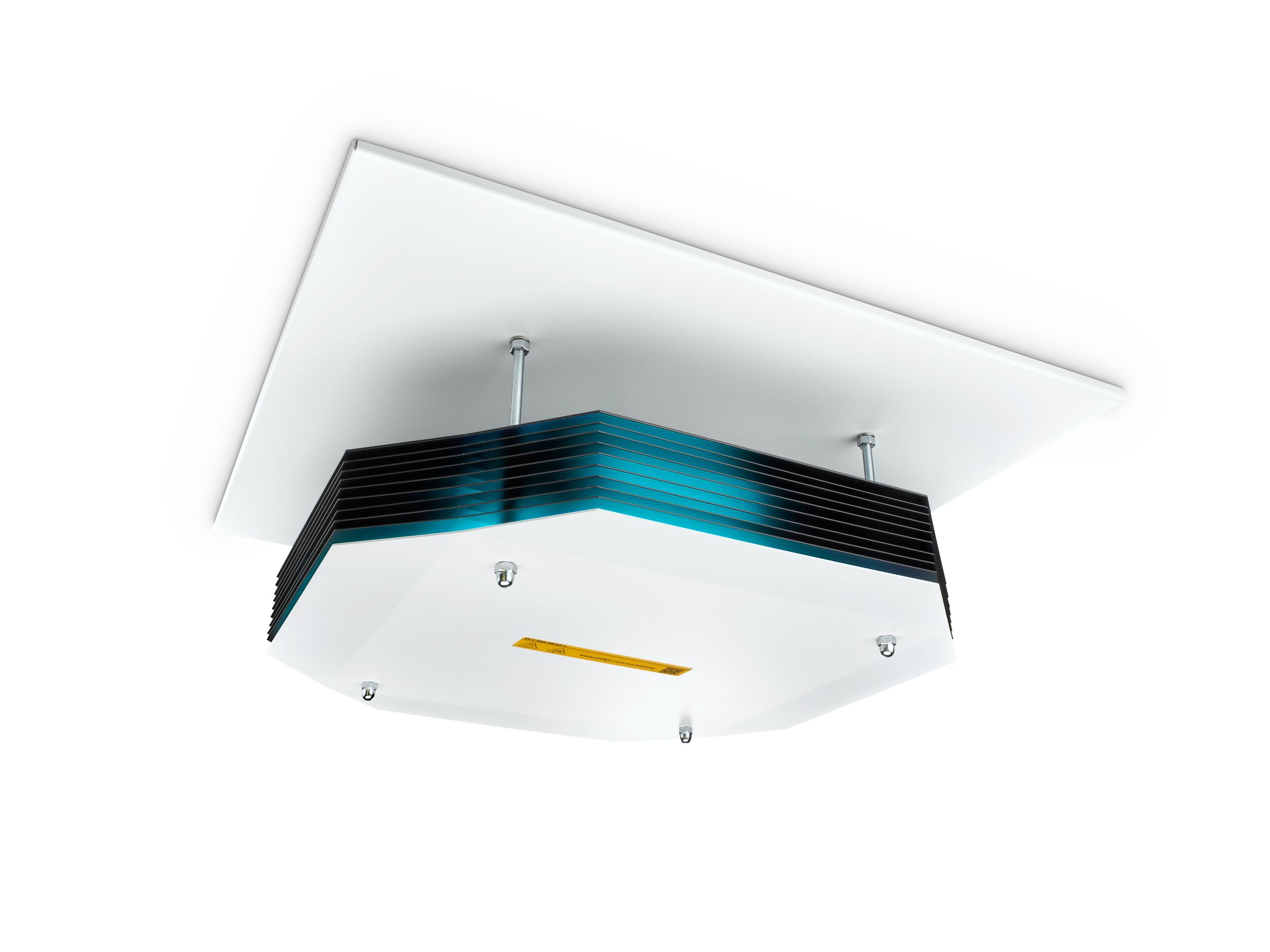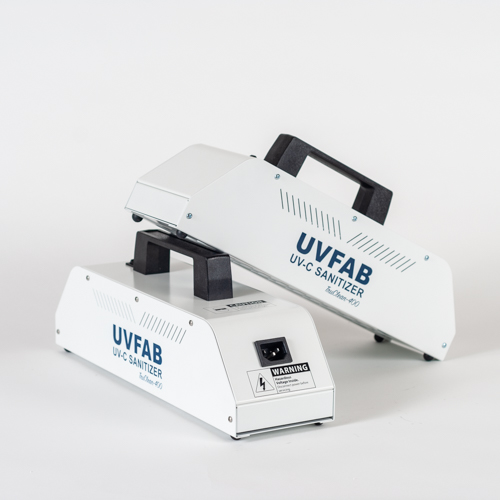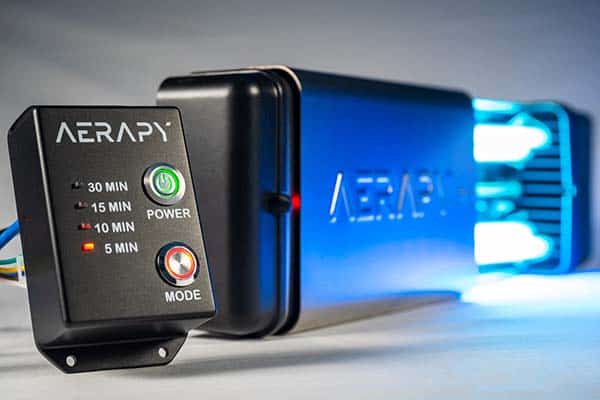UV Sanitation: The Cutting-Edge Modern Technology Changing Sanitation Practices
In the realm of hygiene methods, one innovation has emerged as a game-changer: UV sanitation. With its capability to eliminate unsafe virus, this sophisticated modern technology is revolutionizing the way we come close to tidiness and health. Just how does UV disinfection job, and what are the advantages it offers? From healthcare setups to food processing, UV sanitation is making its mark in numerous industries. In this conversation, we will certainly discover the intricacies of this transformative modern technology and expect its appealing future.
How UV Sanitation Functions
UV disinfection functions by making use of ultraviolet light to damage or inactivate bacteria, providing a highly reliable and chemical-free technique of sanitation. This technology harnesses the power of short-wavelength UV-C light, which can damaging the DNA and RNA of microbes, therefore making them unable to replicate and trigger damage.
The process starts with the setup of UV sanitation systems, which are composed of UV lights that send out UV-C light. These lamps are tactically put in locations where microbial contamination is an issue, such as water treatment plants, hospitals, laboratories, and food handling facilities.
When microbes are subjected to UV-C light, the photons permeate their cell wall surfaces and reach the DNA and RNA inside. The high-energy UV-C photons interrupt the genetic product by creating bonds between nearby nucleotides, causing the development of thymine dimers. These dimers stop the microorganisms from replicating, making them harmless.
UV disinfection is highly efficient against a wide variety of bacteria, including germs, viruses, and bloodsuckers. It is specifically effective versus waterborne virus like E. coli, Giardia, and Cryptosporidium. In addition, UV sanitation is a chemical-free technique, eliminating the demand for possibly harmful anti-bacterials and reducing the threat of unsafe sanitation spin-offs.
Advantages of UV Sanitation
UV disinfection provides numerous benefits in the field of sanitation, making it a very liked technique for efficiently eliminating damaging microorganisms. One of the vital benefits of UV sanitation is its capability to offer a chemical-free solution. Unlike typical disinfection methods that count on chemicals, UV sanitation uses ultraviolet light to damage the DNA of bacteria, rendering them incapable to reproduce and cause infections. This not only eliminates the need for potentially hazardous chemicals yet additionally lowers the threat of chemical residue on surfaces.

UV disinfection is additionally highly functional in its applications. It can be made use of in numerous setups, consisting of medical facilities, institutions, food handling centers, and water therapy plants. UV disinfection systems can be quickly incorporated into existing sanitation methods, providing an additional layer of protection versus contagious diseases.
In enhancement to its performance and convenience, UV sanitation is likewise eco pleasant. It does not produce any type of harmful by-products or deposits, making it a lasting and risk-free method for hygiene - uv surface disinfection. In addition, UV sanitation calls for minimal maintenance and has a long lifespan, causing cost savings in the future.
UV Sanitation in Medical Care Settings
In healthcare setups, UV disinfection has emerged as a revolutionary method for investigate this site efficiently removing hazardous bacteria. UV sanitation functions by producing ultraviolet light at a details wavelength that is lethal to germs, infections, and various other bacteria.
To start with, UV disinfection is a non-chemical technique, making it an eco-friendly option compared to conventional disinfection techniques that usually involve using extreme chemicals. Using UV light eliminates the need for chemical disinfectants, minimizing the threat of harmful residue or chemical direct exposure to both clients and medical care workers.
Additionally, UV sanitation is very reliable in eliminating a large range of microbes, consisting of drug-resistant bacteria such as MRSA and C. difficile. It provides a reputable and regular disinfection process, ensuring that all surfaces and tools are extensively disinfected, even in hard-to-reach areas.

UV Disinfection in Food Processing
The application of UV disinfection extends beyond healthcare settings and locates significant worth in the world of food handling. uv surface disinfection. UV sanitation modern technology is coming to be increasingly prominent in the food market as a result of its capability to effectively eliminate hazardous pathogens and boost food security
Among the primary advantages of UV sanitation in food handling is its capacity to target a variety of microorganisms, including infections, molds, and microorganisms. By utilizing UV light at particular wavelengths, it is feasible to interfere with the DNA and RNA of these virus, rendering them unable to duplicate or cause injury. This innovation can be applied to different phases of the food handling chain, consisting of surface area sanitation, devices sanitation, and water treatment.
UV sanitation supplies a chemical-free and non-thermal technique of sterilizing food. Unlike typical sanitation approaches that count on chemicals check or heat, UV technology does not leave any kind of deposit or change the preference, texture, or nutritional value of the food. This makes it an optimal remedy for industries that call for rigorous adherence to quality criteria.
Additionally, UV sanitation systems are very easy to install and operate, needing very little upkeep. They can be integrated into existing handling lines without causing considerable disruptions to the manufacturing procedure. Furthermore, UV systems have a quick therapy time, permitting continuous processing and decreasing downtime.
The Future of UV Sanitation

One location where UV sanitation is anticipated to make substantial advancements is in the area of health care. With the increase of antibiotic-resistant germs and the requirement for more efficient disinfection methods, UV light has the prospective to play a critical duty in minimizing healthcare-associated infections. UV disinfection systems go to my site can be used to decontaminate surface areas, tools, and even the air in medical care centers, aiding to avoid the spread of damaging microorganisms and boost individual safety and security.
Another sector that can take advantage of improvements in UV sanitation modern technology is the food industry. UV light has currently shown to be a reliable method for decontaminating foodstuff and reducing the risk of foodborne health problems. As modern technology improves, we can expect to see more cost-efficient and effective UV disinfection systems being executed in food processing plants, guaranteeing that the food we consume is safe and cost-free from dangerous germs.
Final Thought
In conclusion, UV disinfection is an advanced innovation that is changing hygiene practices in health care setups and food processing. By making use of UV light to kill or shut off microbes, it provides various advantages such as efficiency, efficiency, and safety. With continuous improvements in this area, UV sanitation holds excellent potential for the future of cleanliness, providing a lasting and trustworthy service for maintaining tidy and sanitary environments.
UV disinfection is a chemical-free method, removing the need for potentially unsafe disinfectants and reducing the danger of hazardous disinfection by-products.
Unlike typical disinfection approaches that count on chemicals, UV sanitation utilizes ultraviolet light to damage the DNA of bacteria, rendering them not able to recreate and trigger infections. Unlike traditional sanitation methods that rely on chemicals or warm, UV innovation does not leave any kind of residue or modify the taste, texture, or nutritional value of the food. As technology boosts, we can expect to see much more cost-effective and reliable UV disinfection systems being implemented in food processing plants, guaranteeing that the food we take in is risk-free and complimentary from harmful bacteria.
In conclusion, UV sanitation is an innovative innovation that is changing hygiene practices in health care settings and food handling.